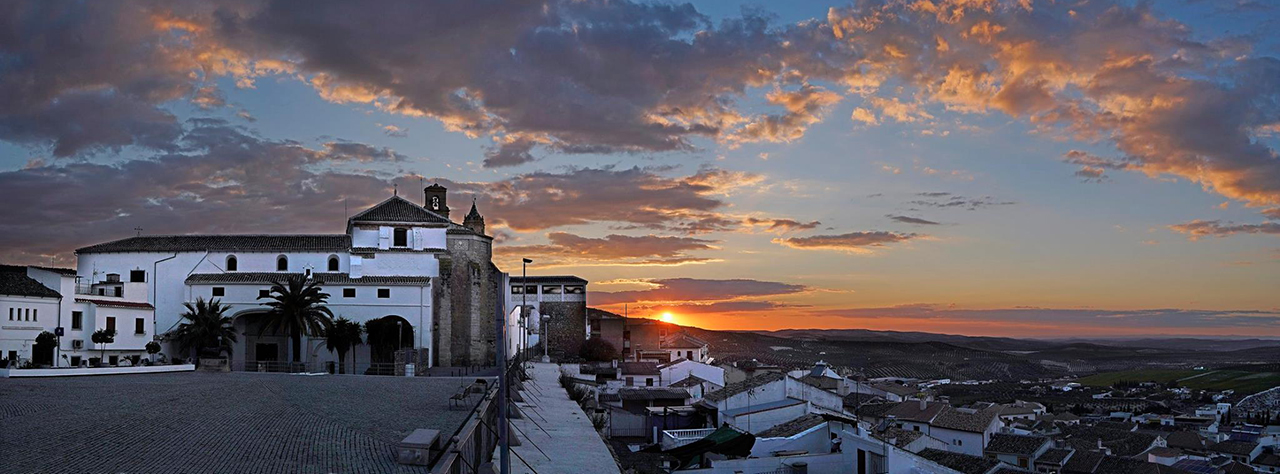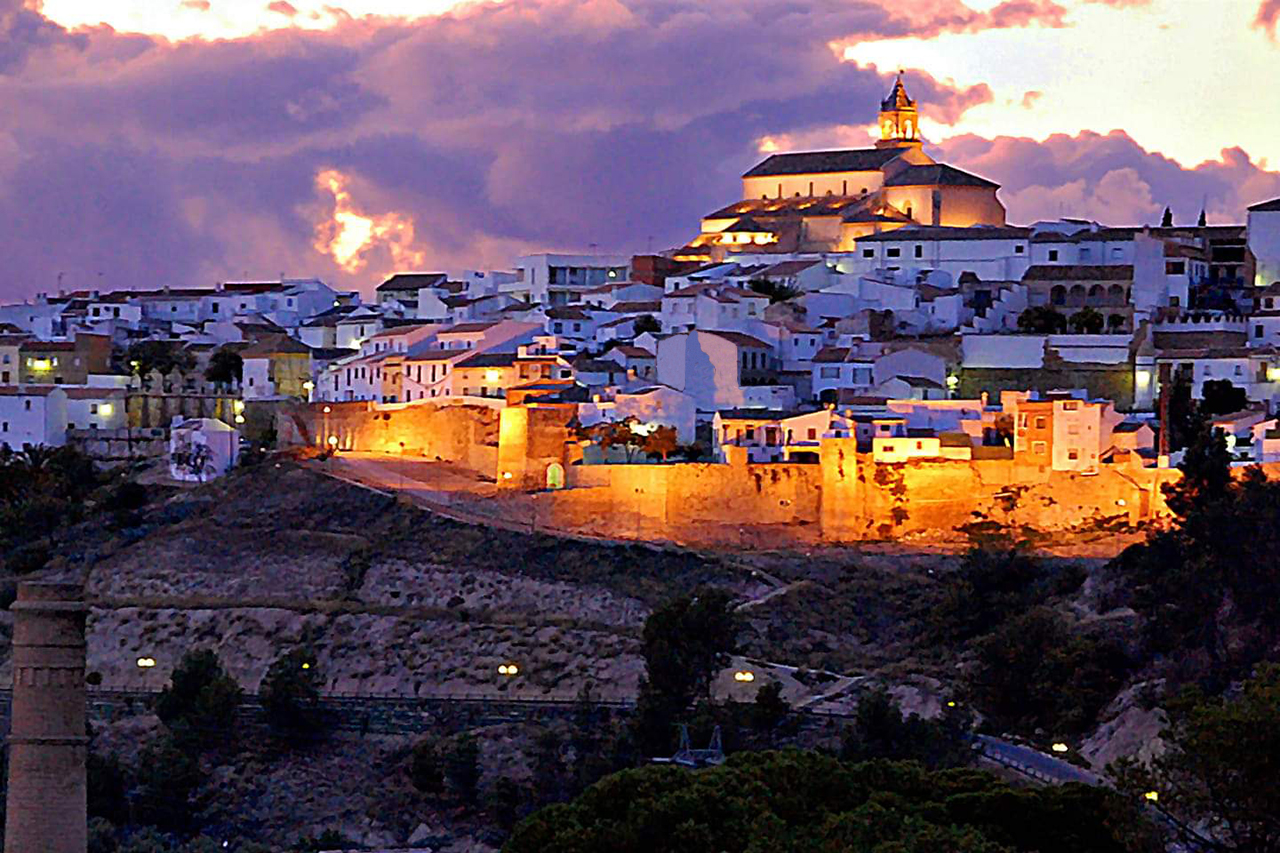From the streets of the Almedina to the avenues of the Eixample
BAENA OR THE DUALITY OF HISTORIC URBAN PLANNING
Few are the municipalities in which the differences between the areas that make up their urban nucleus are so evident. Baena is one of them and as a result of this duality, from the towers of its castle or from the viewpoints of the Almedina neighborhood itself, a network of clear Arab inspiration can be seen on the top of the hill and a more rectilinear and orderly design. in the streets and avenues that make up the Ensanche area.
Discover Baena through its streets and squares
The passage of time has marked the urban development of cities in a different way and that is why their own locations, the configuration of their streets and squares and even the construction of their most relevant buildings have been conditioned by their own history. Baena was for much of the Middle Ages a place on the border with the Nasrid kingdom of Granada, but previously, in the middle of the Caliphate era, it had held the capital of a chora or Muslim province and was already a medina of great importance. This warrior past led to its current enclave, with the historic center occupying an elevation defended by walls in whose oldest area the Muslim heritage is evident in the narrowness of its streets and the crowding of its houses, always ready to defend themselves. The cessation of hostilities after the surrender of Grenada, The cessation of hostilities after the surrender of Granada allowed modern urban development that progressed towards the northern slope, occupying it completely in the 18th century and establishing the pillars of the future Ensanche at the dawn of the following century.


